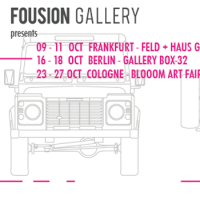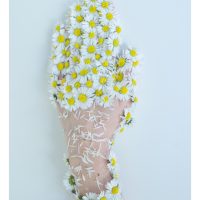
The smartphone as a creative tool for visual storytelling.
We have decided to learn more about this topic interviewing Rosa Roth, founder and editor-in-chief of THE SMART VIEW – an inspirational independent magazine dedicated to mobile photography. Yes, we all have a smartphone in our hands and some of us use it to create art works and beautiful stories… don’t we?!
Rosa is a graphic designer by education but an inquisitive mind by nature, she walks the extra mile, asks different questions and tries to see in the trends of today the new future of tomorrow. I read an interview about her on Impressa Magazine and I was amazed by Rosa’s story.


I couldn’t help but order the second issue of THE SMART VIEW and when I opened it I was blown away. This little gem, in a slightly bigger than A5 format, is more than a magazine… it is simply special in every aspect. By showcasing strikingly different photographic work, it opens the eyes of the reader to a whole wealth of styles in mobile photography – incredibly artistic, strikingly creative and hugely diverse. Rosa Roth doesn’t let the reader / viewer to get bored, she delights with her elegant design, evocative interviews with the featured authors and includes articles by leading minds in the photographic field. The surprises don’t stop here – she plays with different paper in texture and colour.
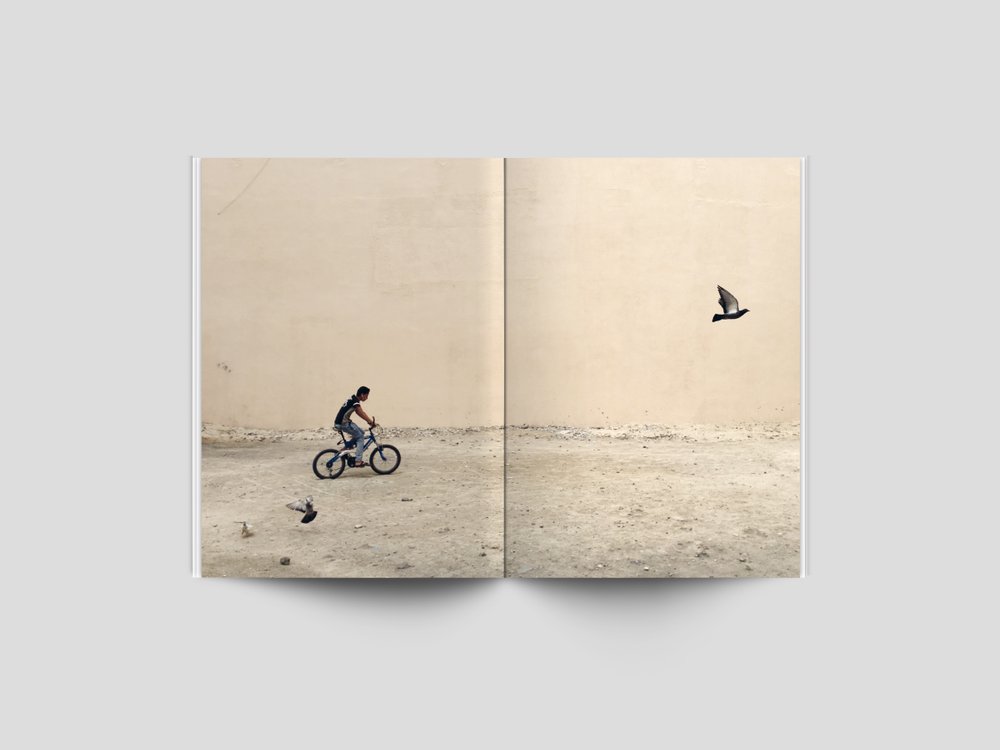
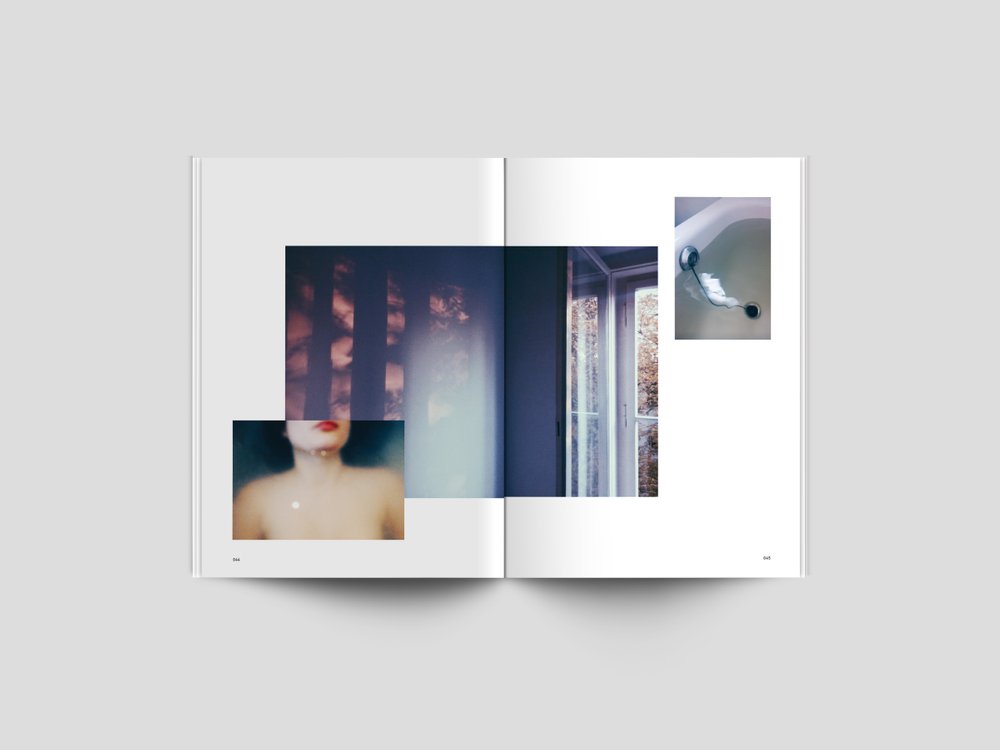
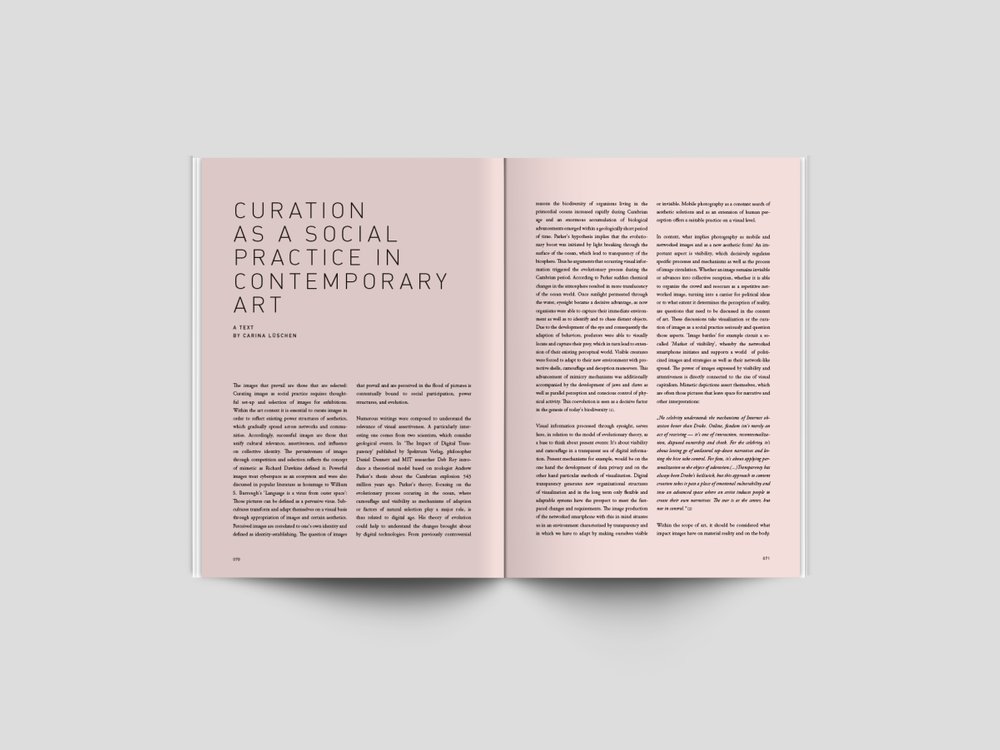
Above all, she asks relevant questions: How do smartphones change our way of seeing, observing, capturing? Are images taken on smartphones simple snaps or art works on their own right?

I was too curious to understand and discover more about all this and so I reached out to Rosa and asked her a few questions:
– What is, in your opinion, the most fundamental change that mobile photography brings to us as viewers and as creatives?
Immediacy. Before the advent of the connected phone camera, photography had to go through a long process being available to an audience. Films had to be developed, pictures had to be printed and the right place had to be found to show them to the public. The circle of people viewing pictures in galleries was pretty much limited though and success mostly restricted to the chance discovery by a curator or collector. With a smartphone in your pocket, photography is taken and edited on-the-go and can be shared immediately with a far broader audience than ever before.
– How does the democratisation of photography impact our visual culture?
It actually enriches our visual culture. More people are engaging in photography as they have a camera device always on hand. Our confrontation with visual culture grows thanks to social media networks that are mainly based on communication with digital imaging, e.g Instagram, Snapchat or Flickr. Photography is now part of our daily communication and is more accessible to everyone than before, wether it be the person who shoots pictures, the one who views them or the one who shares them.
– When do pictures taken on a mobile phone become photographs?
This depends surely on the talent of the person behind the camera. It doesn’t matter which button you press, but the person matters that presses the button. It takes more to be a photographer than only shooting everything that is surrounding you. Your pictures need to express much further than just a piece of reality. Some photographers get to capture great emotions others interesting stories, but there’s always something more behind – a reflection of the world.
– To you, how do traditional photography portfolios differ from mobile photography portfolios? Do you recognise when a portfolio of work is done on a smart phone or with a digital / analog camera and to what extent is this of importance ? Is the photographic tool defining for the end product?
First of all, in terms of fine art photography it is not important what device has been used to create pictures. Sure there’s still a vast discussion on what’s better – digital or analog? – but it has always been like this. For me it’s just a term of not accepting a certain change. It’s actually very human-like. Mobile photography portfolios mostly exist online. On Instagram, for example, you can find a lot of portfolios. Some of them are good quality others are still raw diamonds. The difference between mobile photography and digital/analog photography is increasingly less obvious, because mobile cameras are improving steadily and so I think it doesn’t make sense to differentiate between camera devices. The image is what matters in the end. And especially with the possibilities we have with image editing boundaries are becoming very blurry. I still do recognise differences but it has become very hard.
– To me personally the power of a photograph is in the emotional response that it creates – do you think mobile photography triggers different or more nuanced emotions ?
I don’t think that mobile photography has other effects than other photography as long as it is photography we look at.
– Do mobile pictures need to be printed in order to be considered for art?
It totally depends on the project. Art can be produced in many forms and media. You can create art installations, photo films, screenings, sculptures and of course classical photo prints from your mobile photography. It depends on how you would like to have perceived your project by its audience. Generally everything’s possible. Don’t limit yourself down to traditional photography production.
– Do you see smart photography in the art galleries? What should it take to see it (more) in the galleries?
I do see mobile photography in galleries. One goal of TSV has always been to support artists to be more represented in such contexts. The art scene can be very harsh and critics always feel provoked by something new. Furthermore, we need to break through old convictions that smartphone photography is low quality and not considered as fine art photography. But as I already said we had this discussion already with the change from analog to digital photography. In my opinion, every medium should be accepted as legitimate art forms as long as there’s an artist behind who creates such images.
Rosa Roth is working on the next issue dedicated to privacy and the change from a domestic to a public photography due to the rise of the smartphone camera. I am prepared for more surprises and can’t wait to hold it in my hands. | thesmartview.de


